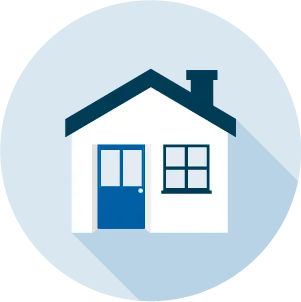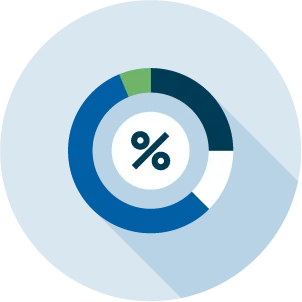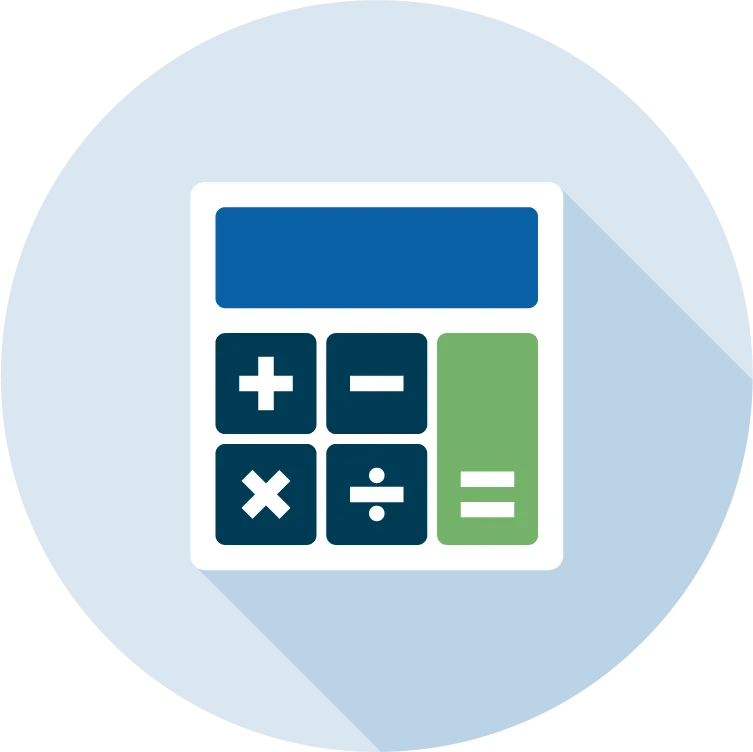HELOCs are typically paid back in two phases:
- Draw Period:
- Usually lasts 5-10 years
- You can borrow money up to your credit limit
- Monthly payments are typically interest-only, though you can pay principal if you choose
- Repayment Period:
- Typically lasts 10-20 years
- You can no longer borrow money
- You must pay back both principal and interest
- Payments are often higher than during the draw period












